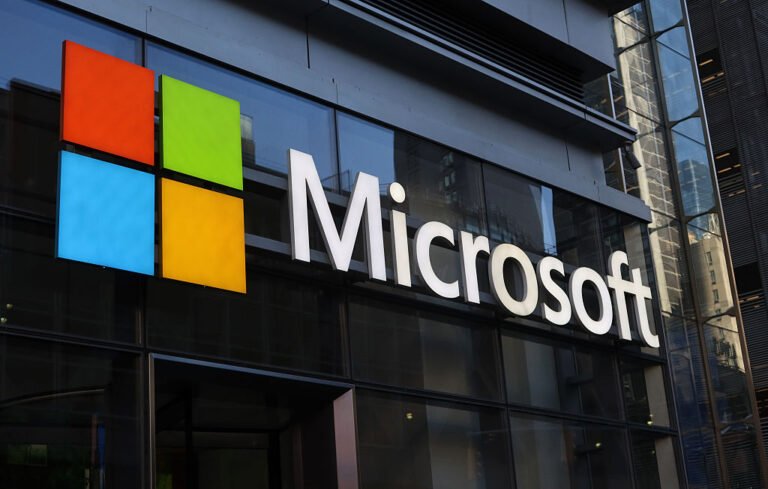Summary Points
- Over 28,000 Microsoft Exchange servers remain unpatched despite warnings about a high-severity vulnerability (CVE-2025-53786) that is more likely to be exploited, posing significant security risks.
- The latest security update addresses 111 vulnerabilities across Microsoft products, including critical flaws in Azure OpenAI and Windows graphics components, with some vulnerabilities having high CVSS scores of 9.8.
- Researchers consider CVE-2025-53779, an elevation of privilege flaw in Windows Kerberos, a zero-day with existing exploit code, raising concerns over potential full domain compromise.
- The update follows widespread attacks on on-premises SharePoint servers exploiting zero-days, emphasizing an upward trend in privilege escalation vulnerabilities over code execution bugs in Microsoft’s security landscape.
What’s the Problem?
Recently, Microsoft issued a security update addressing 111 vulnerabilities across its enterprise products, including critical flaws in Microsoft Exchange servers and related systems. Despite the alert from Microsoft and federal agencies warning about a dangerous vulnerability—CVE-2025-53786—over 28,000 on-premises Exchange servers remain unpatched, leaving them vulnerable to potential exploitation. This neglect persisted even after authorities mandated that federal agencies fix affected servers by Monday, emphasizing the high risk of remote hacking, privilege escalation, and data breaches. The update comes amidst recent attacks exploiting similar zero-day vulnerabilities in SharePoint, which compromised more than 400 organizations, including key government agencies like the Departments of Energy and Homeland Security. While Microsoft reports no active exploit of these flaws, researchers are concerned about vulnerabilities like CVE-2025-53779 and others with high severity scores that could allow hackers to seize control of systems or escalate privileges, especially since many of these flaws involve widely used functions like image processing and authentication components. The ongoing neglect to patch critical vulnerabilities and the sophisticated nature of these exploits highlight a systemic security challenge that endangers both private and public sector organizations, with security experts urging prompt action to prevent potential widespread breaches.
Risk Summary
Recent Microsoft security patches reveal a concerning surge in cyber risks targeting enterprise infrastructure, notably unpatched on-premises Exchange servers—over 28,000 remain vulnerable despite urgent alerts and a federal deadline, elevating the threat of exploitation and data breaches. The update addresses 111 vulnerabilities across Microsoft’s products, including critical flaws in cloud platforms like Azure OpenAI, Windows graphics, and authentication systems—some with existing exploit code and high severity scores—heightening the risk of remote code execution, privilege escalation, and full domain compromise. Recent zero-day attacks on SharePoint demonstrate active exploitation, with major federal agencies affected. This pattern underscores a persistent gap in patch deployment, leaving organizations exposed to increasingly sophisticated cyberattack vectors, which could lead to extensive operational disruptions, sensitive data theft, and strategic vulnerabilities across sectors.
Possible Action Plan
Ensuring prompt remediation is crucial in the wake of Microsoft’s Patch Tuesday updates following SharePoint attacks and Exchange server warnings, as quick action can prevent widespread security breaches and minimize operational disruptions.
Mitigation Strategies:
- Apply Patches: Implement the latest security updates released during Patch Tuesday promptly to address vulnerabilities.
- Conduct Security Audits: Regularly review SharePoint and Exchange server configurations for weaknesses or unauthorized changes.
- Disable Unnecessary Services: Turn off or limit services not in use to reduce attack surfaces.
- Monitor Traffic: Use intrusion detection systems to oversee network activity for signs of ongoing or attempted attacks.
- User Education: Train staff to recognize phishing attempts and avoid actions that could compromise server integrity.
- Backup Data: Maintain regular, secure backups of all critical data to facilitate recovery if an attack occurs.
- Implement Access Controls: Enforce stricter permissions and multi-factor authentication to prevent unauthorized access.
- Update Security Policies: Review and strengthen security policies, ensuring rapid response protocols are in place for vulnerabilities.
- Engage Vendors: Work with Microsoft and other vendors for tailored guidance and support in multilayered defense strategies.
Explore More Security Insights
Explore career growth and education via Careers & Learning, or dive into Compliance essentials.
Access world-class cyber research and guidance from IEEE.
Disclaimer: The information provided may not always be accurate or up to date. Please do your own research, as the cybersecurity landscape evolves rapidly. Intended for secondary references purposes only.
Cyberattacks-V1

